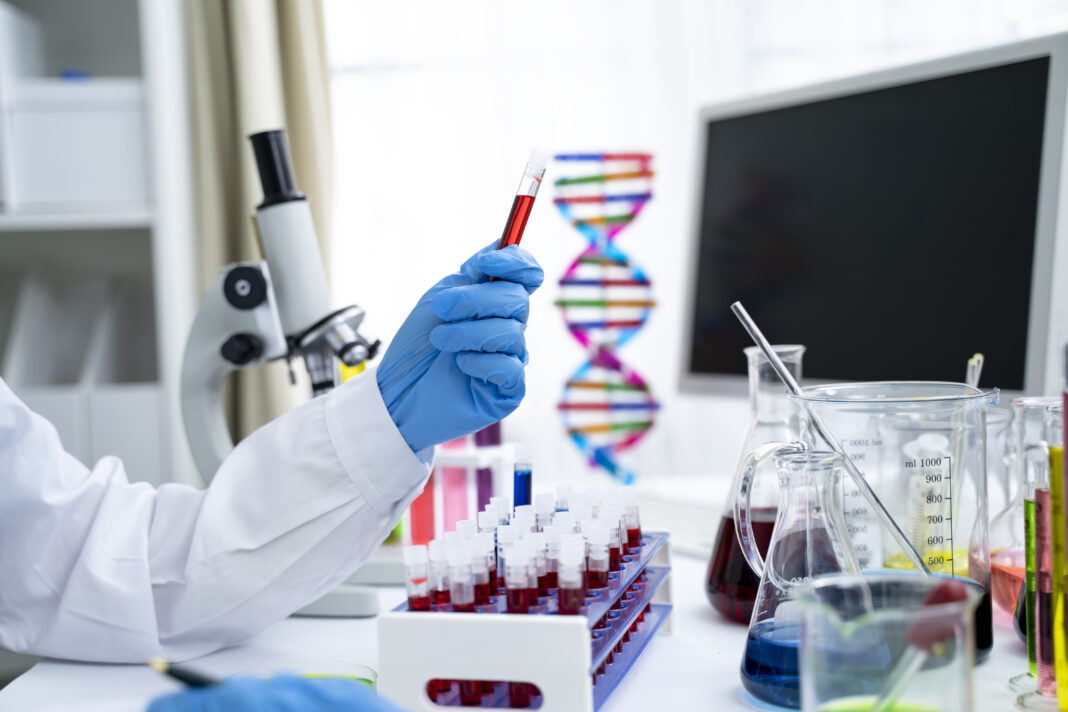Recent interest in gene therapies and the genetic constructs on which they are based is causing a flurry of activity in facility construction and expansion. After they are manufactured doses must be stored, shipped, and stored again as they await dosing in far-flung test sites. The physical integrity of doses in these situations is paramount.
A team from the Austin College of Pharmacy and the University of Pennsylvania recently identified factors affecting viral vector viability during shipping and storage at remote test sites. As expected, the formulation, including buffers, cryoprotectants, and general storage conditions, were critical for maintaining stability.
Investigators concluded that standard storage practices involving buffer, glycerol, and -80°C storage could compromise gene delivery systems. In addition to requiring dry ice shipping such formulations also require extensive dilution before administration to reduce glycerol toxicity.
“We’ve had decades to work out conditions for storing of biologics and small molecules,” says Brian Tomkowicz, PhD, senior director, vector engineering & manufacturability at the Center for Breakthrough Medicines in King of Prussia, PA.
“However, as we move into cell and gene therapies, significant challenges remain. For cell therapies, storage and handling of both cells and viral vectors are quite diverse and present numerous issues for long-term cryopreservation, and to maintain viability and activity post-thaw. While we may approach a virus like AAV as nothing more than a complex protein biologic, we need to understand the impact of these factors on the virus.
“Recent work presented at this year’s ASGCT2021 by Maria Croyle and colleagues demonstrated, quite nicely, the complexities of storing virus at ambient temperature and how improper formulation can negatively impact vector performance, if not done properly.”
Viability can be measured several ways. Cells from cryopreserved thaw can be measured directly in cell counters using a combination of nuclear and live/dead stains such as DAPI, acridine orange, or propidium iodide. For activity assays, viability can be measured using the same combination of stains, as well as MTT or other functional killing assays.
“For viral vectors the elimination of cold-storage is the ultimate goal, especially as gene therapies become more accessible. However, we must be keenly aware of the impact this has on the physical properties of the virus,” continues Tomkowicz. “The addition of unwanted residual impurities, host cell DNA and proteins, also exerts a significant negative impact on formulation of complex proteins, such as a virus. At the Center for Breakthrough Medicines, we are coupling complex analytics, such as next-gen sequencing and proteomics, to develop virus purification strategies to enable successful long-term vector storage.”


